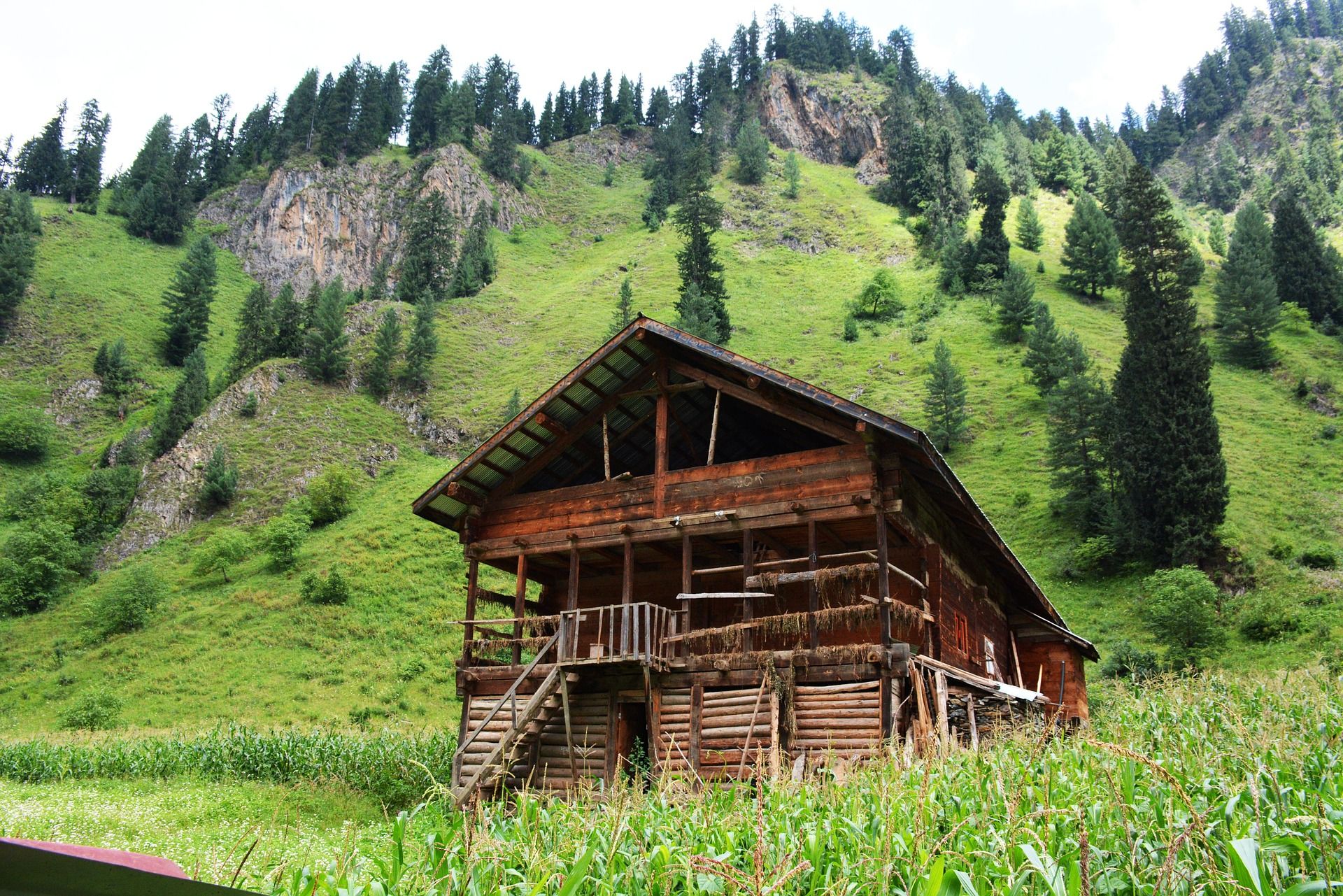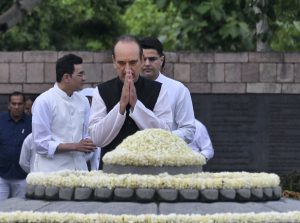In its last month’s order, the Jammu and Kashmir High Court ordered a CBI probe into the allocation of land under the Jammu and Kashmir State Lands (Vesting of Ownership to the Occupants) Act 2001, commonly known as Roshni Act.
After India became independent and initiated nation-wide land reforms to bring about equality in land distribution, J&K was one of the first Indian states to do so. However, over time there were reports on encroachments in the state’s land.
In 2001, the National Conference’s Farooq Abdullah-led government enacted the Roshni Act.
Also read: France expresses interests to explore collaboration opportunities in Northeast, Jammu and Kashmir
The act proposed granting ownership rights to those holding state land unauthorisedly, in exchange for payments as per the market rate. 1990 was set as the cut-off date. The revenue generated was to be used for hydro-electric projects.
A major issue with it was the cut-off date was repeatedly extended, first by PDP-Congress government led by Mufti Mohammad Sayeed, which extended it till 2004.
The deadline was further extended to 2007 by Ghulam Nabi Azad government.
Also read: ‘Gupkar Gang is going global’: Home Minister Amit Shah on People’s Alliance for Gupkar Declaration
The government had expected to raise over Rs 25,000 crore from land regularisation. However, a 2004 CAG (Comptroller and Auditor General of India) report showed a meager Rs 76 crore was raised from land regularisation between 2007 and 2013.
Investigation revealed major irregularities in the process. According to The Indian Express, hundreds of acres of forest and state land was illegally transferred to influential politicians, businessmen, bureaucrats and judicial functionaries, with the quantum of the scam pegged at Rs 25,000 crore.
In 2018, the then J&K governor Satya Pal Malik repealed the act.
Earlier this month, the J&K government annulled all land dealing under the Act. It also asked the principle secretary (revenue) to retrieve all such land and remove encroachments within six months.






